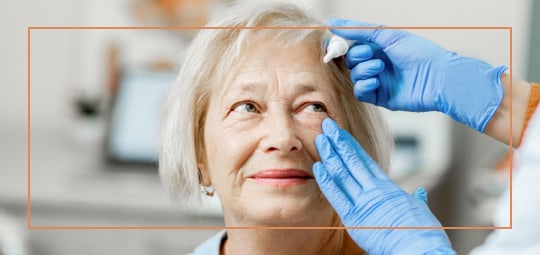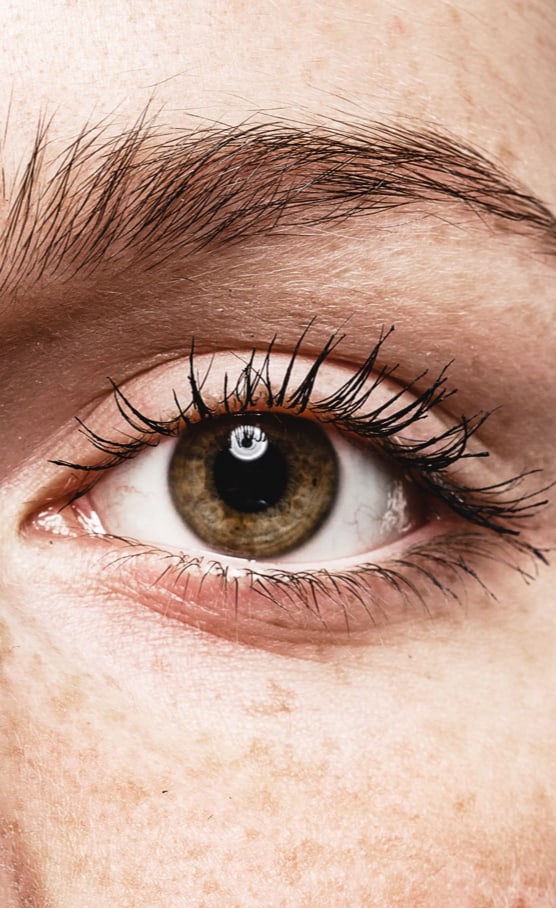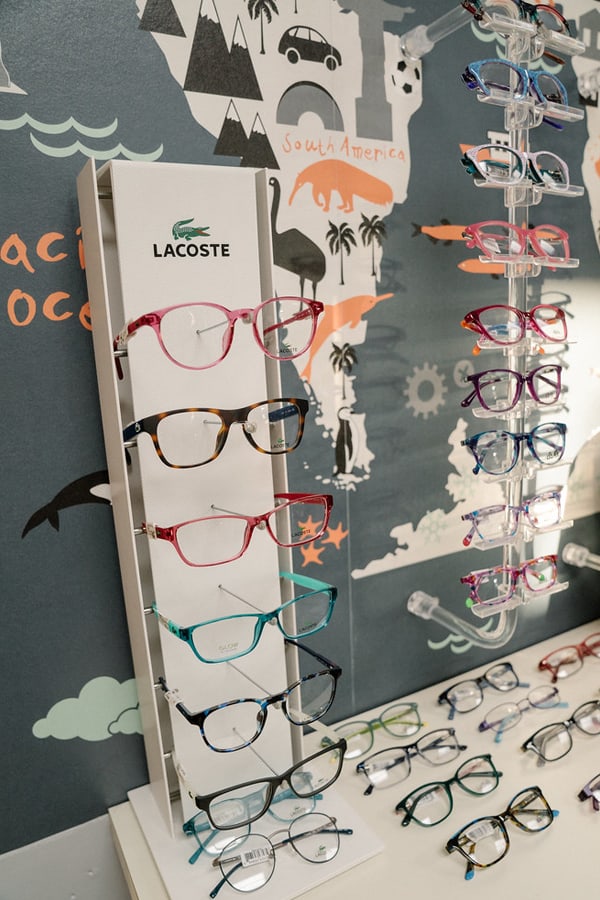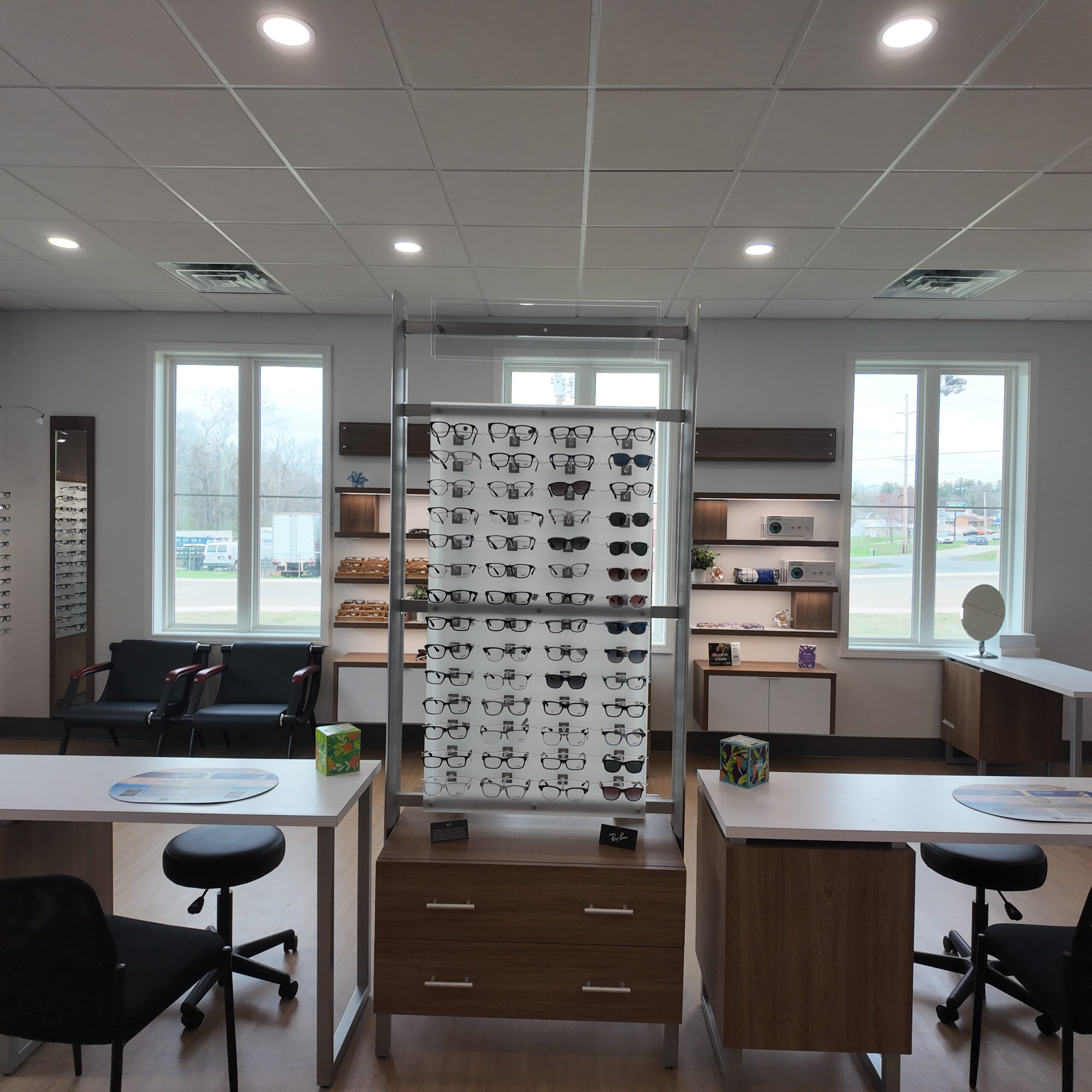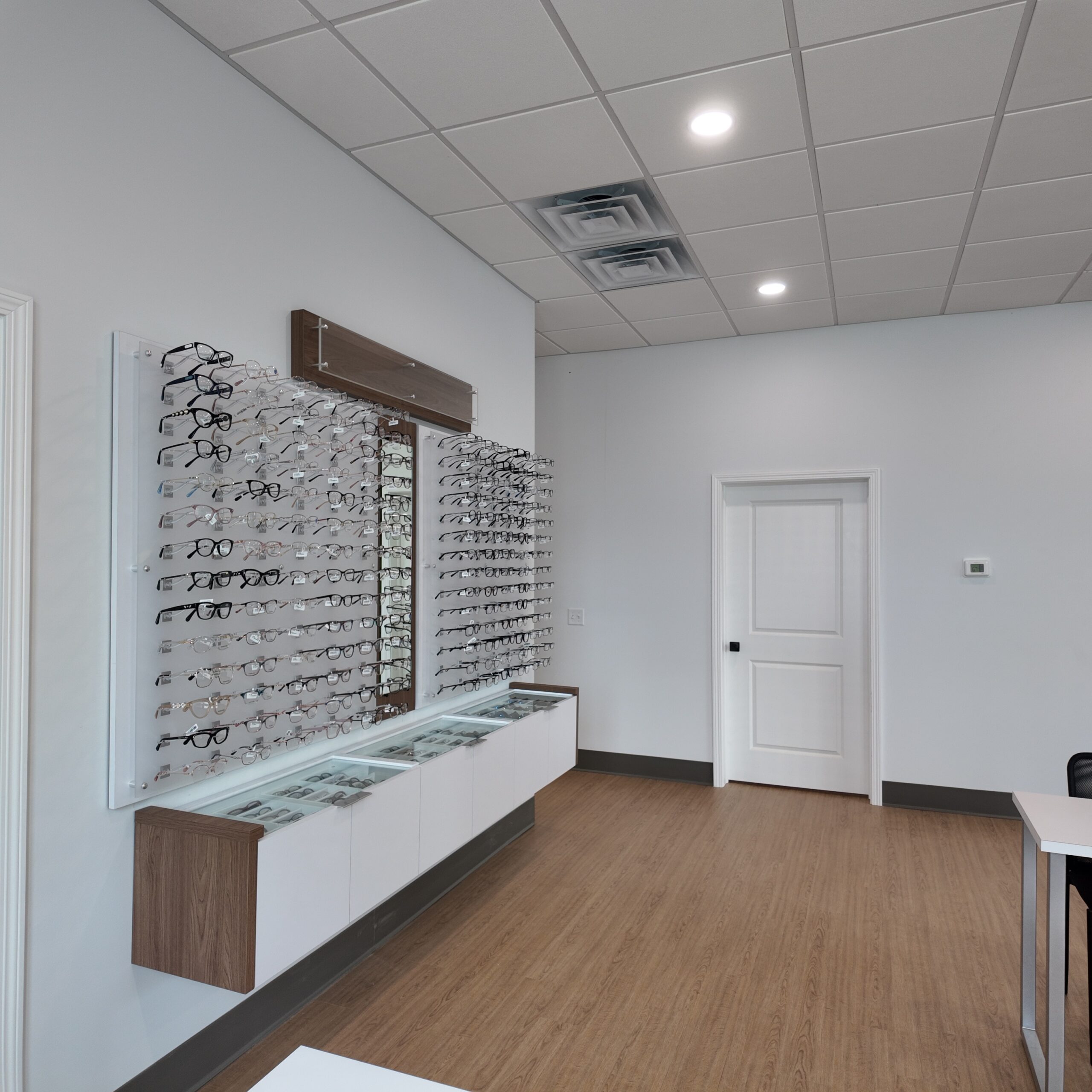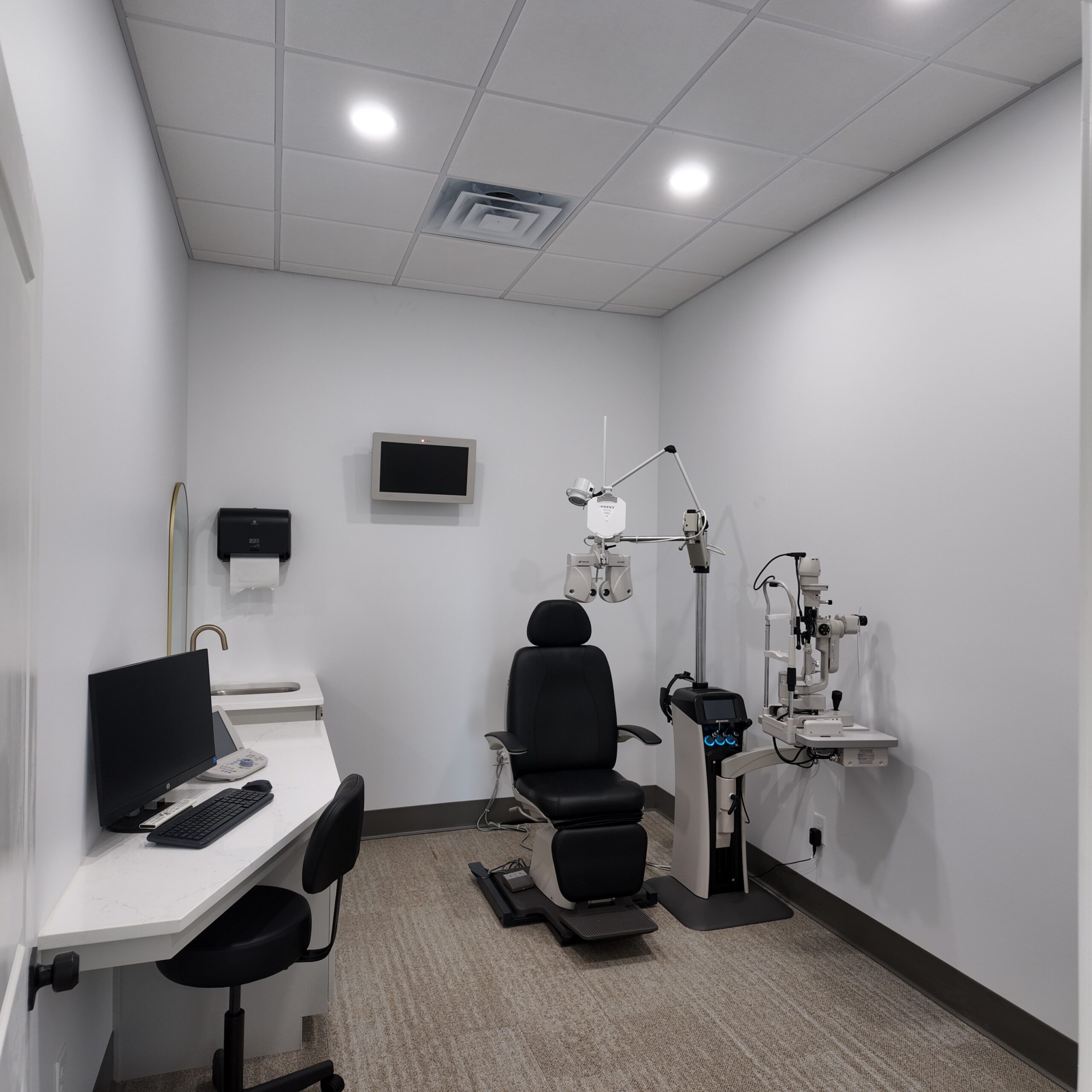Dry eye is becoming increasingly common in today’s technology-driven world. This condition, often characterized by a persistent gritty or burning sensation in the eyes, can significantly affect your quality of life.
Generally, you can manage dry eyes with lubricating eye drops and lifestyle adjustments. However, eye masks can be an effective and non-invasive strategy to relieve dry eye symptoms. A consultation with your eye doctor and an eye exam can help determine both the cause of your dry eye as well as its severity, and can offer effective treatment strategies for vision comfort.
In this post, we’ll explore how eye masks work, the various types of eye masks, and these masks’ unique benefits in helping maintain optimal eye health and vision.
What Is Dry Eye?
Dry eye is a condition where your eyes don’t produce enough tears or the right quality of tears to keep your eyes healthy and comfortable. Dry eye is more than just an annoyance; it can lead to inflammation and even damage the eye’s surface if not managed properly.
Common dry eye symptoms include:
- Dryness
- Redness
- Irritation
- A stinging or burning sensation
- a scratchy feeling in the eyes
- Blurry vision
- Light sensitivity
Several factors can contribute to insufficient or poor-quality tears that lead to dry eyes. These include:
- Lifestyle factors: Such as eye strain from prolonged use of electronic devices
- Environmental factors: Exposure to dry or windy climates
- Medications: Side effects from certain medication
- Medical conditions: For instance, diabetes
Additionally, as you age, your tear production tends to decrease, making older adults more susceptible to dry eye. Managing dry eye effectively is crucial for relieving discomfort, maintaining overall eye health, and preventing complications.
How Effective Are Eye Masks for Dry Eye?
Eye masks have emerged as a promising solution for managing dry eye symptoms. These masks come in various forms, each designed to provide relief in unique ways.
Warming masks, for instance, work by gently heating the eyelids, which can help unclog oil glands in a condition called meibomian gland dysfunction and improve tear production.
Sleep masks take a different approach. They create a humid environment around the eyes, reduce evaporation, and help maintain eye moisture. This type of mask is particularly beneficial for those suffering from severe dry eye symptoms.
By understanding how different masks work, you can find one that meets your needs and offers you the most relief.
Benefits of Eye Masks
Eye masks can complement professional treatments, as they improve hydration, reduce inflammation, and increase oil production in tears by unblocking clogged glands. Masks can be an excellent at-home dry eye treatment solution for maintaining eye health between visits to your optometrist. Your eye doctor can recommend the right type of eye mask as part of a comprehensive dry eye management plan.
Contact lens wearers can also benefit significantly from using eye masks. Wearing lenses for extended periods can increase your risk for dry eye and exacerbate dry eyes. Eye masks help soothe and rejuvenate the eyes after long days of lens wear, reducing discomfort and improving overall eye health.
Dry eye symptoms often occur more frequently as part of the natural aging processes. Eye masks offer a simple, comfortable way to alleviate these symptoms, providing much-needed relief from daily discomforts.
Eye masks can also serve as a preventive measure. Incorporating them into your routine can help maintain eye health, especially if you spend more time in front of screens or dry environments.
How to Choose the Right Eye Mask

Selecting the right eye mask involves considering several factors. Material is important; choose a mask that’s gentle on your skin and doesn’t cause irritation.
Temperature is a crucial safety factor for eye masks, especially if you use a warming mask at home. Follow your mask’s heating instructions carefully for controlled heat and to avoid overheating.
Fit is also essential. An eye mask should conform snugly to your face without causing discomfort.
If you’re unsure about anything, consult your eye doctor before choosing or using a specific eye mask. An eye doctor can offer personalized recommendations based on your needs and dry eye symptoms.
Dry Eye Treatments
Complimentary in-office dry eye treatments to eye masks can include:
- iLux thermal pulsation: Treats meibomian gland dysfunction by gently unblocking clogged oil glands in the eyelid for improved tear quality symptom relief.
- BlephEx: Treats eyelid inflammation related to dry eye by removing the accumulation of bacteria on the eyelids and eyelashes.
Manage Dry Eye with Eye Masks
Eye masks are effective and user-friendly solutions for managing dry eye symptoms. They offer a range of benefits tailored to different needs, from providing extra comfort and hydration to complementing professional care.
If your dry eye symptoms affect your quality of life and vision, book an appointment with Insights Optical to explore eye masks and dry eye treatment strategies personalized to your unique needs.





